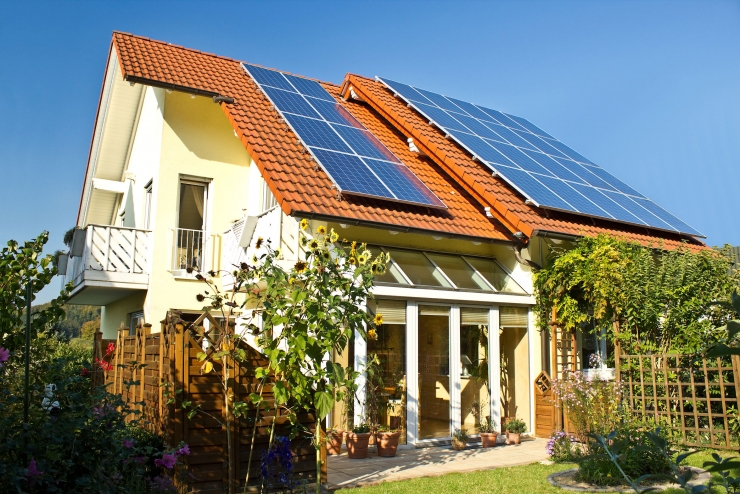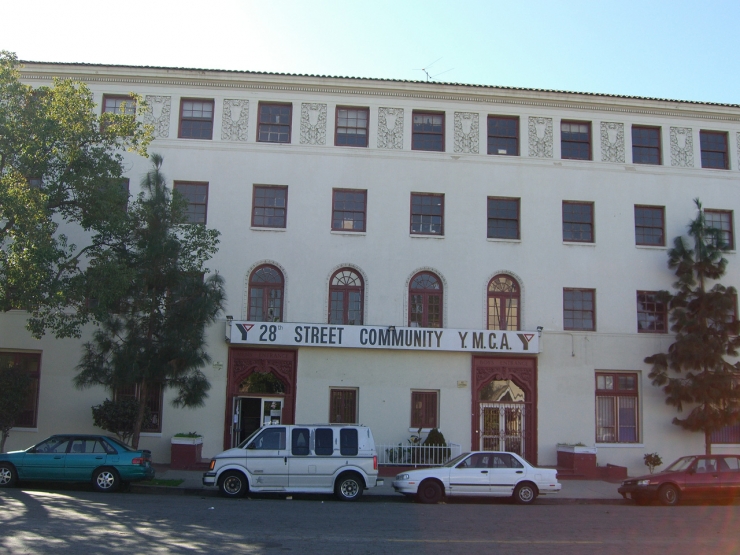Get away from awkwardness, Elon Musk wants solar roof also "elegant and sexy"

Elon Musk wants solar energy infrastructure becomes more elegant and sexy.
More precisely, as he said in the "Top Secret Plan", he wants to establish "a smooth integrated, beautiful solar roof product." It must be said that this is a good idea.
This "secret plan" was released on July 20th, and in the " Master Plan, Part Deux " depicting Tesla's next decade , the solar energy business was placed on him. The first of the four points to be talked about.
Traditional solar panels: far from "beauty"We do not know much about the exact meaning of what Mr. Musk calls "solar roof products." However, from his well-chosen wording, the use of "integrated, beautiful" words, we can guess the approximate picture. At the same time, he also hinted that solar panels used by consumers today are not so good-looking.

Picture from: Solar Panel Machines
Musk is correct. For decades, the use of solar energy equipment also meant sticking a bunch of things like computer screens to your roof. It's not that bad, but obviously it's not great. “Some people are keen on the technical symbolism of traditional solar panels, but this will eventually become a relic, like the symbolic Atari game console or car phone,†said Aaron Dorf, an architect at Snøhetta. Dorf also said that in the near future, the cost of installation and battery efficiency will no longer be a big problem. "And Musk is very smart at pointing to a perhaps more important beginning - aesthetics."
Other colleagues who also pay attention to "design sense"Tesla will not be the only company that has elevated aesthetic taste to an important position. In the past few years, solar panels have not only become cheaper, but also become translucent, colorful, flexible, and can be subtly incorporated into surrounding buildings without being noticed. For example, Pvilion, based in Brooklyn, designed a tent-like solar collector that was not only structurally tented, but also similar in texture to textiles. In addition, Sistine Solar Inc. has a "solar skin" panel that is expected to be available next year, blending photovoltaic cells into tiles and walls to match the overall style of the roof. TRLudwig, co-founder of Brooklyn Solarworks, said that there is now a leading-edge translucent "double-sided" panel. Its photovoltaic components can be sandwiched in a glass window like a sandwich. Both sides can collect solar energy. Ascension can be used as a substitute for traditional solar panels. Moreover, this design "is more compact and sleek in terms of aesthetic appeal," Ludwig said.
Demand for this innovative style in urban construction is expanding, and architects are increasingly tasked with refurbishing buildings and integrating them into solar energy infrastructure. Brian Lane, from Koning Eizenberg Architecture, said: “As people put more and more things on the roof and they also want to produce more energy, they hope to design solar panels placed on the roof in a vertical angle. This will be a current technical challenge."
Four years ago, Lane's company refurbished 28th Street YMCA in Los Angeles. This four-storey building with a Spanish colonial Revival style was built in 1926 by the famous American architect of African descent Paul R. Williams and was listed in the Los Angeles Historic-Cultural Monument in 2006. Important historical value. The owners at the time hoped to make it more environmentally friendly without breaking the original style of the ring. Instead, Lane and his team installed the solar panels vertically on the back wall of the building instead of horizontally on the roof as usual.

Picture from: Los Angeles Department of City Planning
Problems beyond aesthetics: safety and durabilityIn addition to the design requirements, solar panels still face many problems. The first is security. Lane said: "When you start talking to the fire department about installing solar panels on the roof, the other party will ask you if it catches fire." Indeed, one of the dangers of a solar cell is that it is too powerful and is dangerous if it catches fire. In 2013, a 300,000-square-foot frozen warehouse in New Jersey was destroyed by fire. The local fire chief attributed part of his cause to solar panels. 700 solar panels on the roof are not a cause of fire, but this led the fire chief to decide not to go to the roof to extinguish the fire because solar power could not be stopped as long as it was under sunlight. The excessive power at the scene may make firefighters risky.
Ludwig said that such a fire risk has made it almost impossible for a city like New York to install solar panels. Simplifying the power-off steps of solar panels and improving safety in fires are among the urgent needs of the solar energy industry.
Prof. Malay Mazumdar of Boston University pointed out that the roof life of traditionally constructed roofs is 50 years, while today's solar panels need to be replaced every 25 years. “If you want to fuse the roof with the panels, you need to ask yourself, will you be willing to re-exchange the roof again after 25 years?†said Professor Mazumdar. If Tesla wants to design amazing and smooth integration of solar roofs, they should consider enhancing the durability of their products. Or, secondarily, it is at least easy to replace.
In addition, there are these factors that constrain the development of the solar industry: the right angle between photovoltaic panels and the sun, and the balance between pressure, cost, and efficiency of placing panels on older buildings. We assume that Musk has taken these aspects into consideration for so many years. However, his new “beautiful, amazing, all-in-one system†faces additional design challenges. This challenge is also a challenge for some companies in the industry. Is working hard to resolve.
(The picture shows Kendal Jenner, from: Vogue)
Via MIT Technology Review